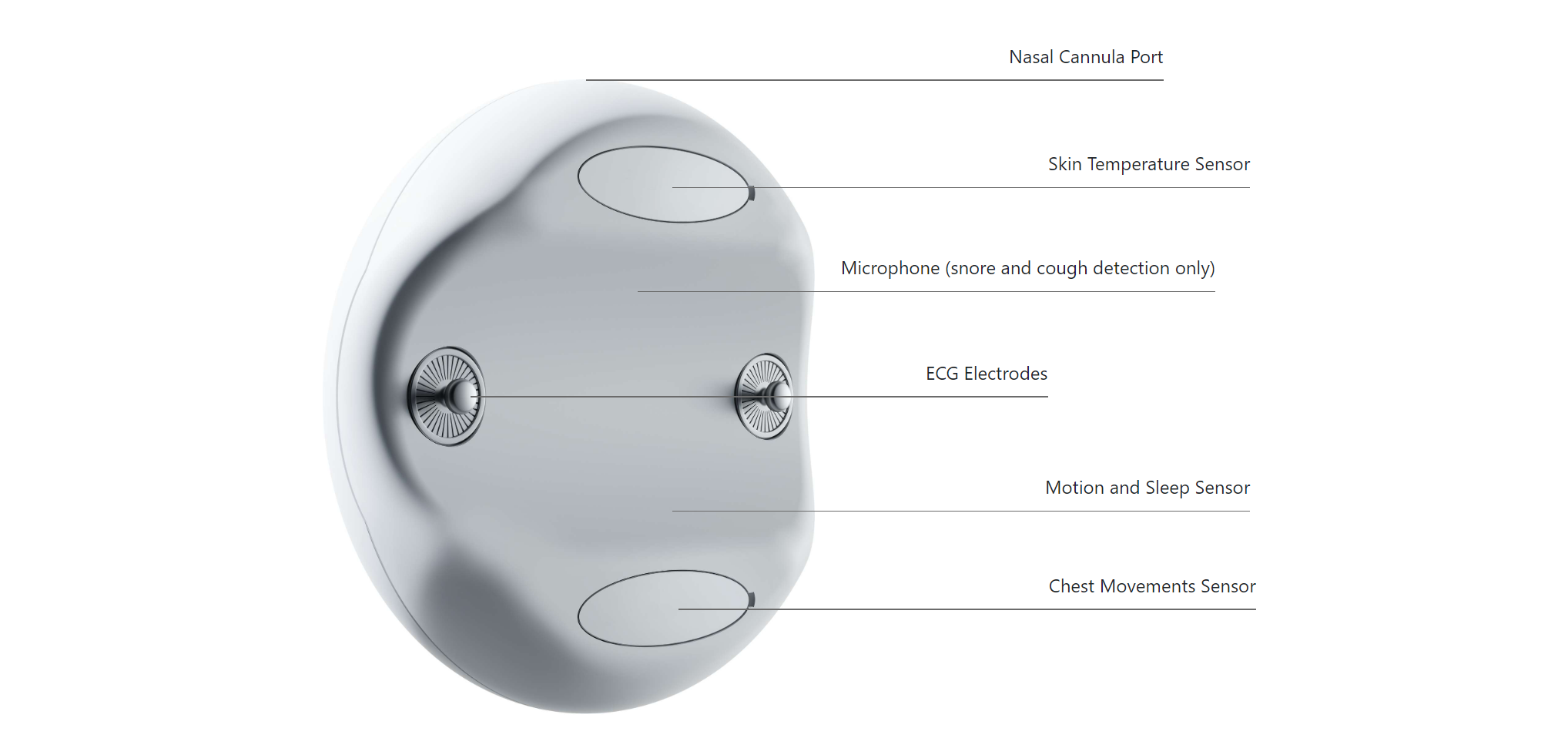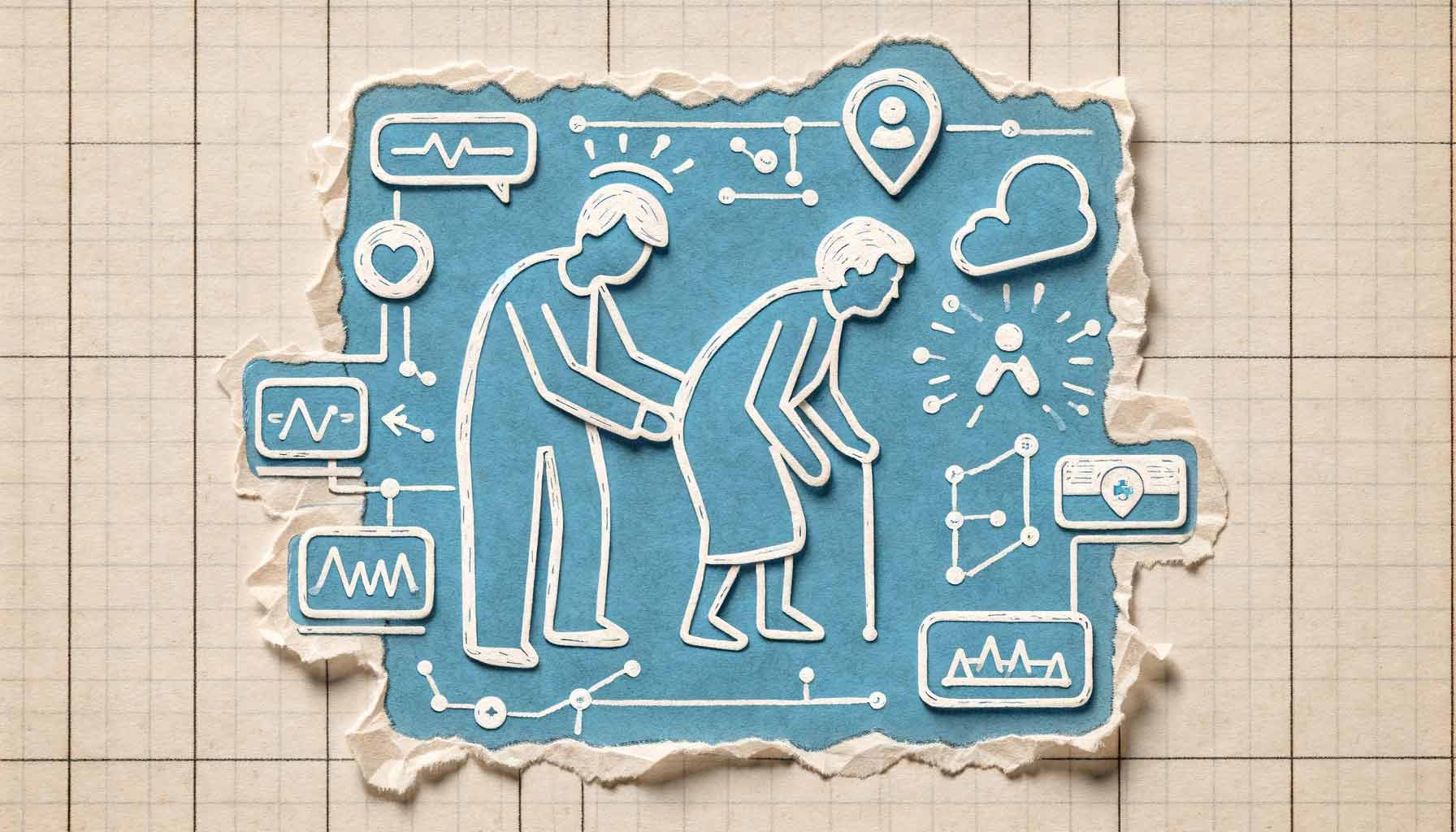1. Introduction
Falls are a leading cause of injury and hospitalization among older adults. They often result in fractures, head injuries, and long-term mobility issues. Preventing falls through early detection of risk factors is crucial for maintaining health and independence in the elderly population.
2. Utilizing Movement Sensors for Monitoring
Wearable devices, equipped with movement sensors, can continuously monitor movement patterns. These sensors provide comprehensive data on an individual’s physical activity, balance, and gait. Machine learning algorithms can analyze this data to identify early fall risk signs.
Key Sensors and Their Functions:
- Accelerometers: Measure the intensity and frequency of movements.
- Gyroscopes: Track orientation and angular velocity, providing insights into balance and stability.
- Magnetometers: Detect changes in movement direction, helping to analyze gait patterns.
2.1. Applying Machine Learning to Predict Fall Risk
Machine learning algorithms can process the continuous data stream from movement sensors to detect patterns that indicate an increased risk of falling. Here’s how:
- Identify Unstable Gait: Recognize patterns in walking that suggest instability or difficulty maintaining balance.
- Detect Changes in Activity Levels: Monitor decreases in physical activity, which can be a sign of declining strength or confidence.
- Analyze Reaction to Obstacles: Evaluate how quickly and effectively an individual responds to obstacles or sudden changes in their environment.
3. Practical Applications and Benefits
Integrating machine learning with movement sensors offers significant benefits for fall prevention:
- Home Monitoring: Families can use this technology to monitor elderly relatives, ensuring their safety at home.
- Healthcare Providers: Doctors and therapists can use the data to create personalized intervention plans to reduce fall risk.
- Senior Living Facilities: Facilities can implement this technology to monitor residents continuously and intervene when necessary.
The integration of machine learning and wearable sensors holds great promise for improving fall prevention strategies. As sensor technology and algorithms become more sophisticated, the ability to predict and prevent falls will become increasingly accurate and effective, enhancing the quality of life for older adults.
4. Conclusion
This article is part of our mini-series on advanced health insights through machine learning and vital devices. In our next article, we’ll explore how respiration and sound pressure data can be used to monitor respiratory health conditions. Stay tuned for cutting-edge insights into how machine learning can revolutionize health research.
For more information and related topics, check out our guide on Measuring Physical Activity and Sedentary Behavior with Accelerometers and explore our extensive Physical Behaviors article collection. Stay curious and keep exploring the exciting possibilities of machine learning in health research!
Call to action
🚀📊 Learn how AI and nine-axis movement sensors such as Fibion Vitals can predict fall risk in older adults, enhancing safety and independence.

📅 If you are interested in learning more about Fibion Vitals, do not hesitate to book a video call with our expert Dr. Miriam Cabrita.

📚 Explore Our Article Collection in our extensive Sleep collection.
Frequently asked questions:
What are the key benefits of using AI and movement sensors for predicting fall risk in older adults? +
Using AI and movement sensors helps in early detection of fall risk, providing continuous monitoring of physical activity, balance, and gait. This technology enables personalized interventions, improves safety at home and in senior living facilities, and reduces the risk of fall-related injuries.
How do accelerometers, gyroscopes, and magnetometers work together to monitor fall risk? +
Accelerometers measure the intensity and frequency of movements, gyroscopes track orientation and angular velocity to provide insights into balance and stability, and magnetometers detect changes in movement direction, helping to analyze gait patterns. Together, these sensors offer a comprehensive view of an individual’s physical activity and stability.
How can machine learning algorithms help in predicting falls? +
Machine learning algorithms analyze data from movement sensors to identify patterns indicating an increased risk of falling. They can detect unstable gait, monitor changes in activity levels, and evaluate reactions to obstacles, allowing for proactive intervention and personalized care plans to reduce fall risk.
What practical applications do AI and movement sensors have for fall prevention? +
Practical applications include home monitoring to ensure the safety of elderly relatives, enabling healthcare providers to create personalized intervention plans, and continuous monitoring in senior living facilities to intervene when necessary. These applications help in maintaining independence and reducing fall-related injuries among older adults.
What future advancements are expected in the field of fall prevention using AI and movement sensors? +
Future advancements include more sophisticated sensor technology and improved machine learning algorithms, which will enhance the accuracy and effectiveness of fall prediction and prevention. These advancements will further improve the quality of life for older adults by providing better insights and more proactive fall prevention strategies.
How does continuous monitoring with movement sensors benefit elderly individuals? +
Continuous monitoring allows for the real-time assessment of physical activity, balance, and gait, enabling early detection of changes that may indicate an increased risk of falling. This proactive approach helps in implementing timely interventions, ensuring the safety and independence of elderly individuals while reducing the likelihood of fall-related injuries.















